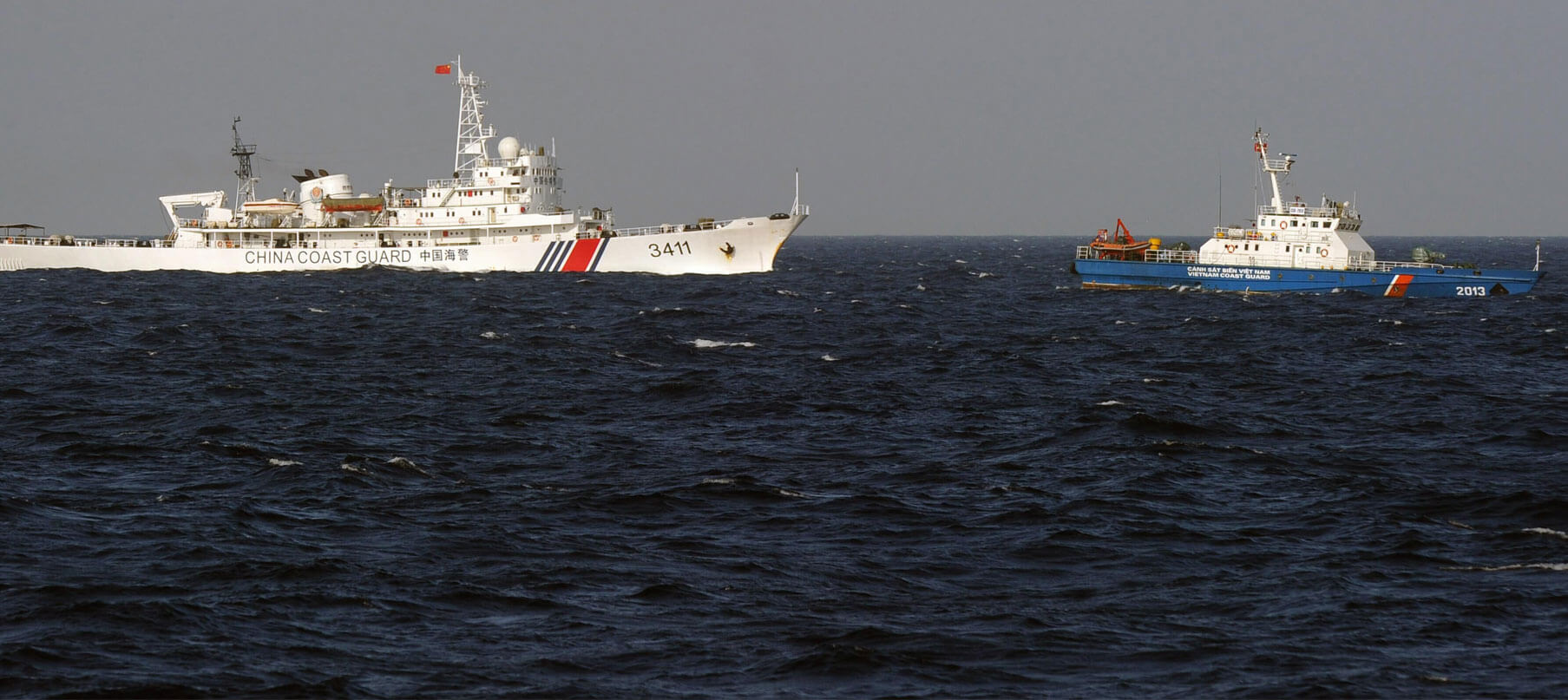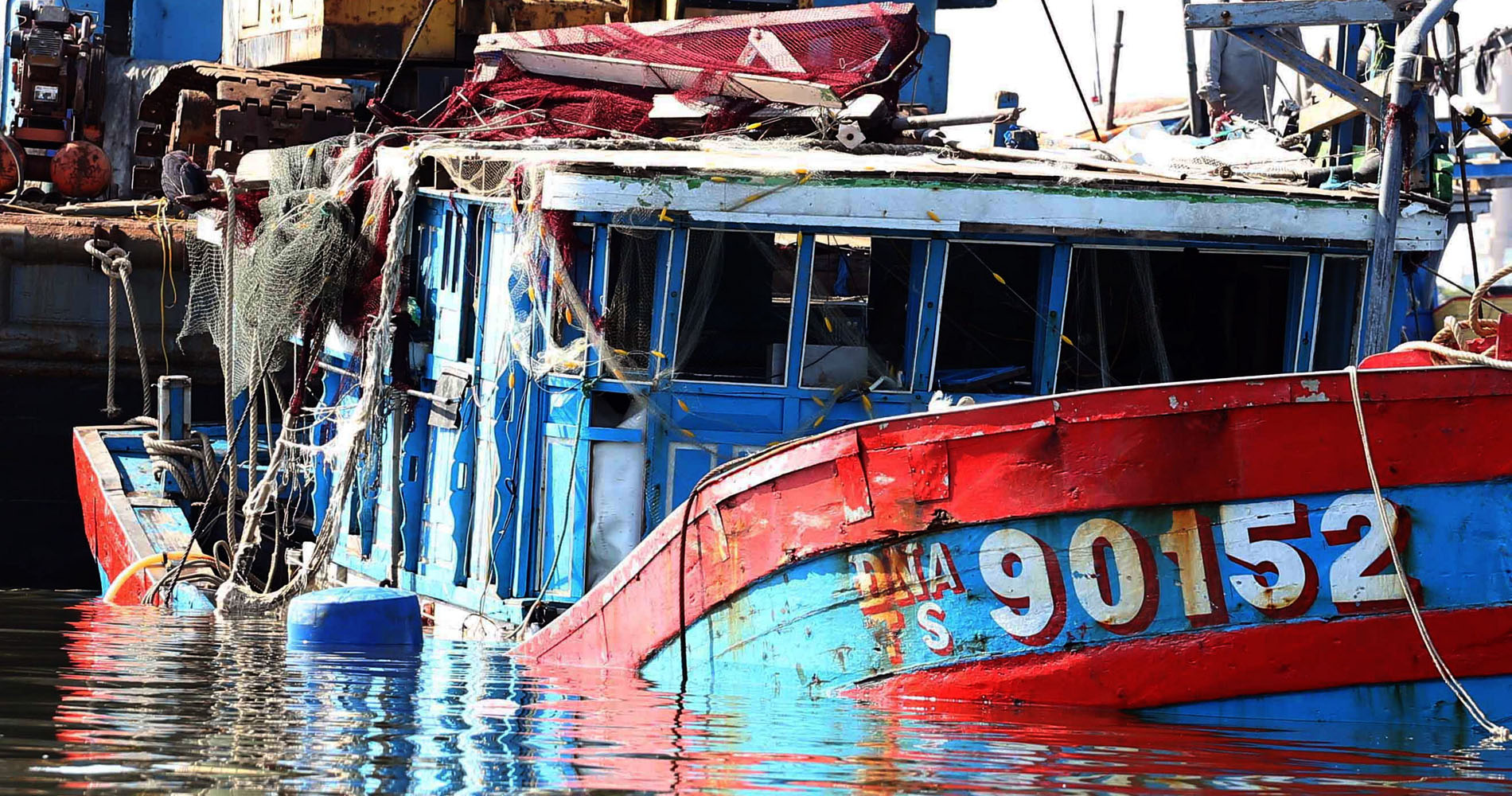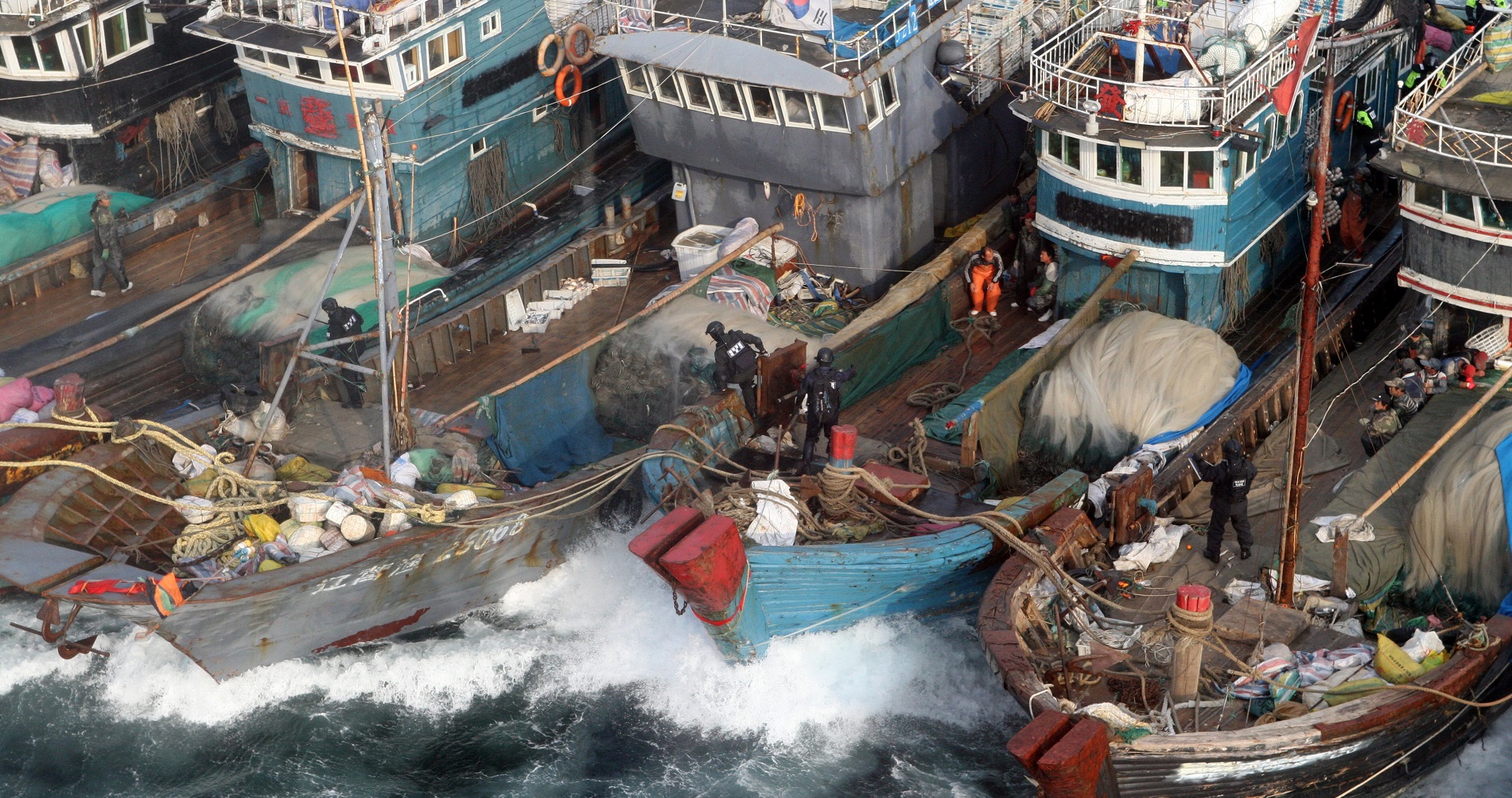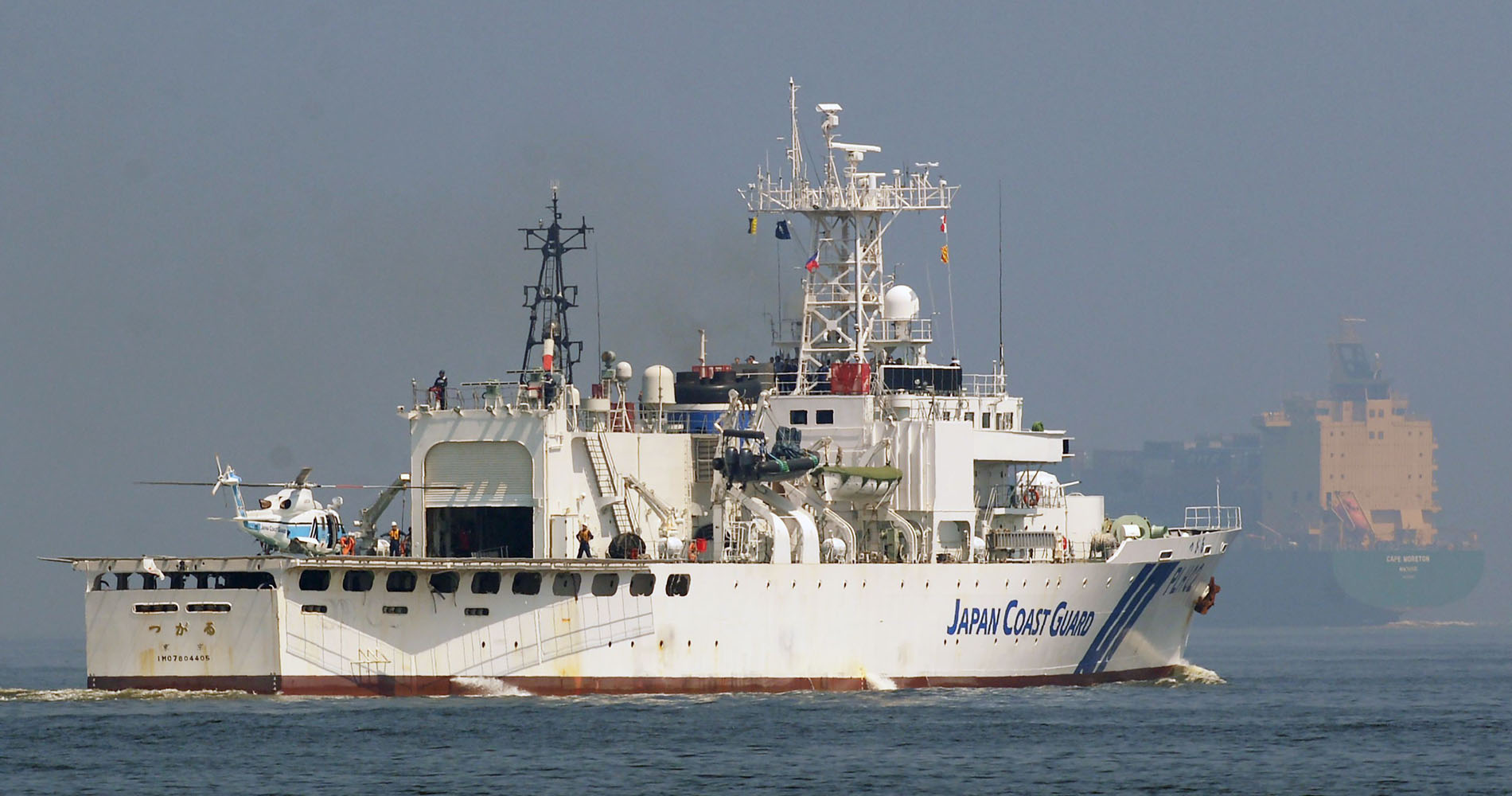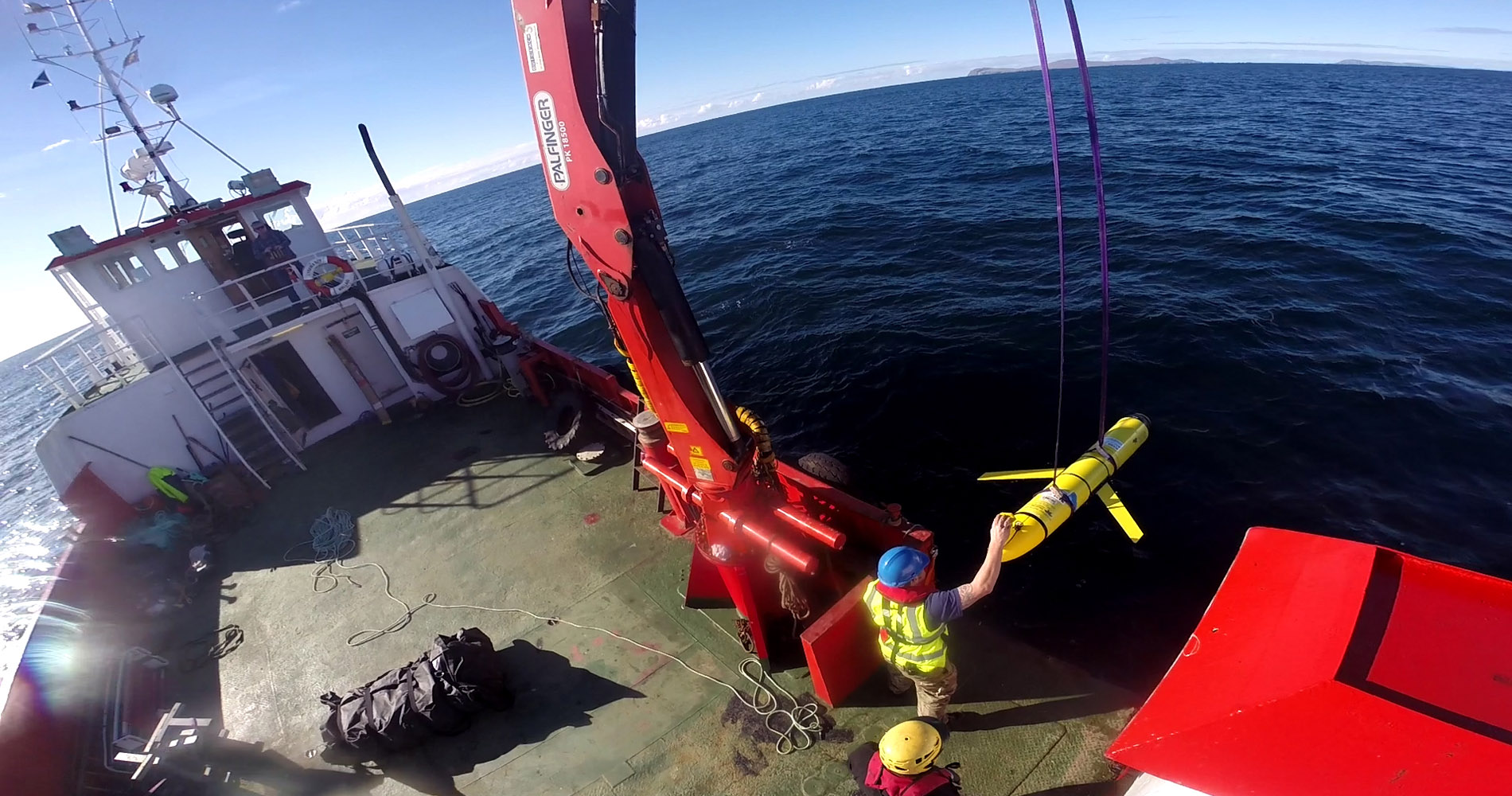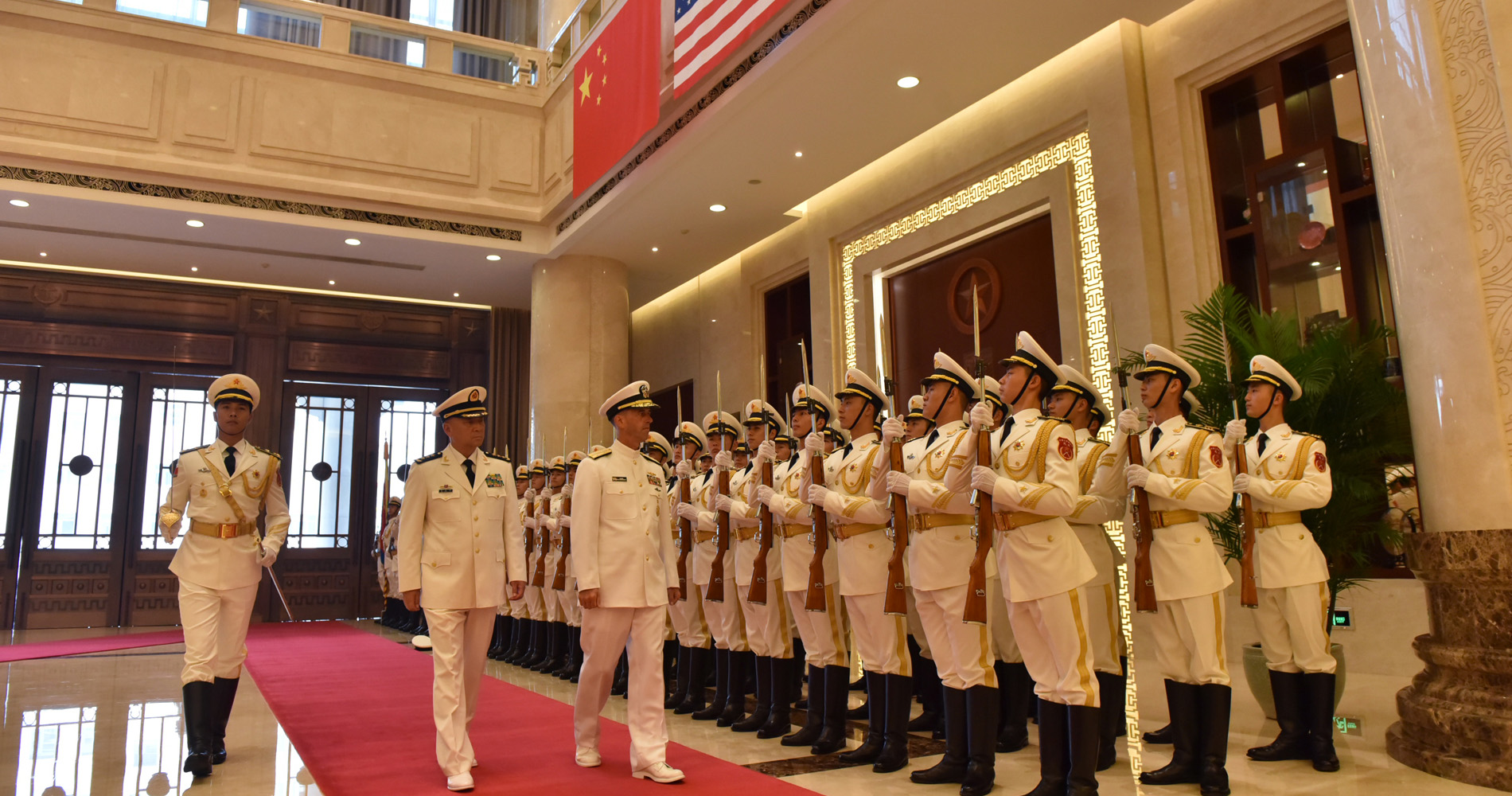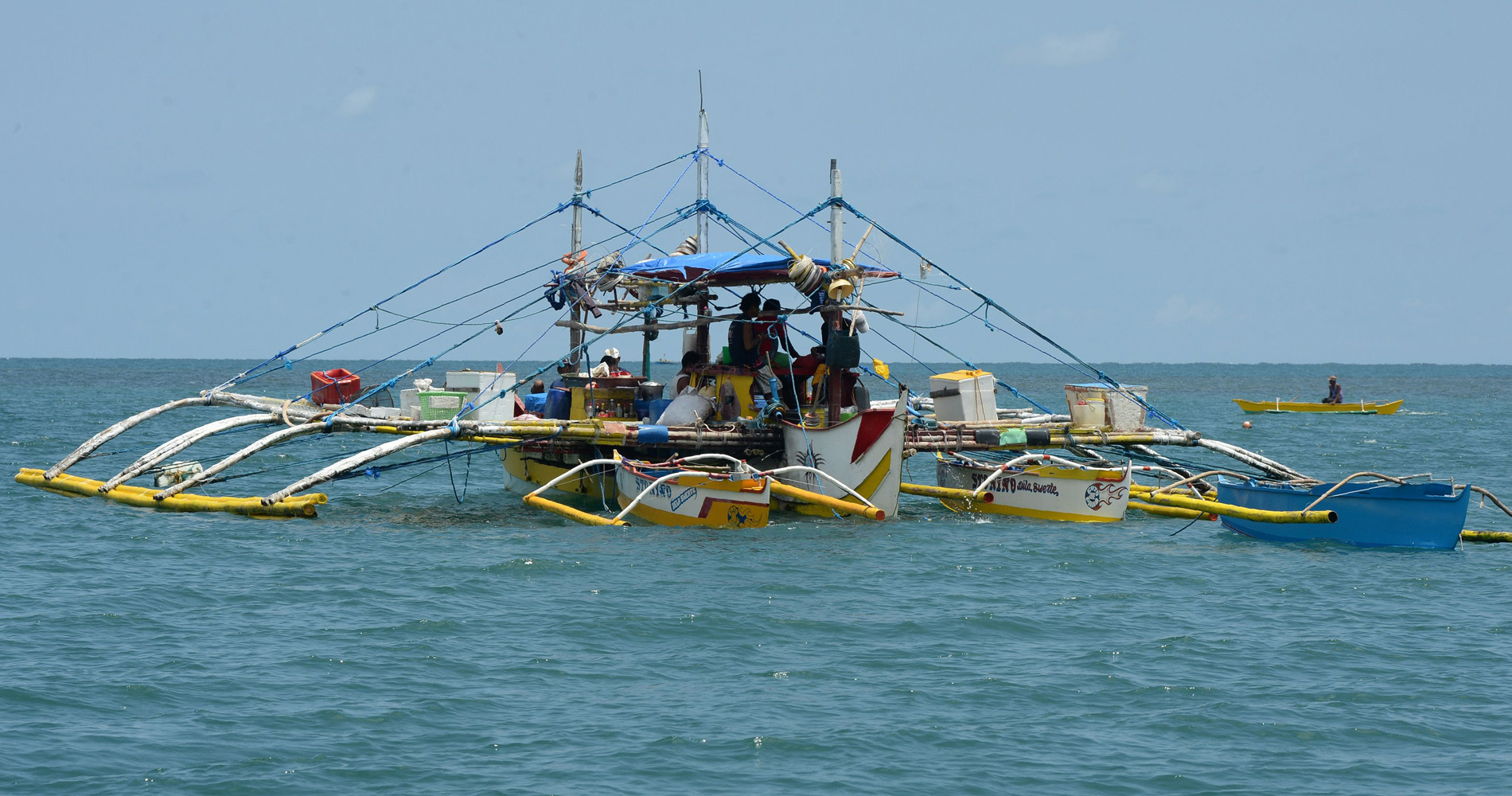Perspectives on the South China Sea Dispute in 2018
In 2017, China strengthened its position in the South China Sea dispute in at least five ways. First, it expanded its construction activities on Fiery Cross, Subi, and Mischief Reefs in the Spratly Islands and on North, Tree, and Triton Islands in the Paracel Islands. Since 2014, China has added a total of 290,000 square meters, or 72 acres, of new landmass. The expansion of artificial islands has reinforced its overall ability to control the South China Sea—for example, by allowing for the deployment of fighter jets in the region. For this reason, Xi Jinping praised this achievement as a… Read More »Perspectives on the South China Sea Dispute in 2018

